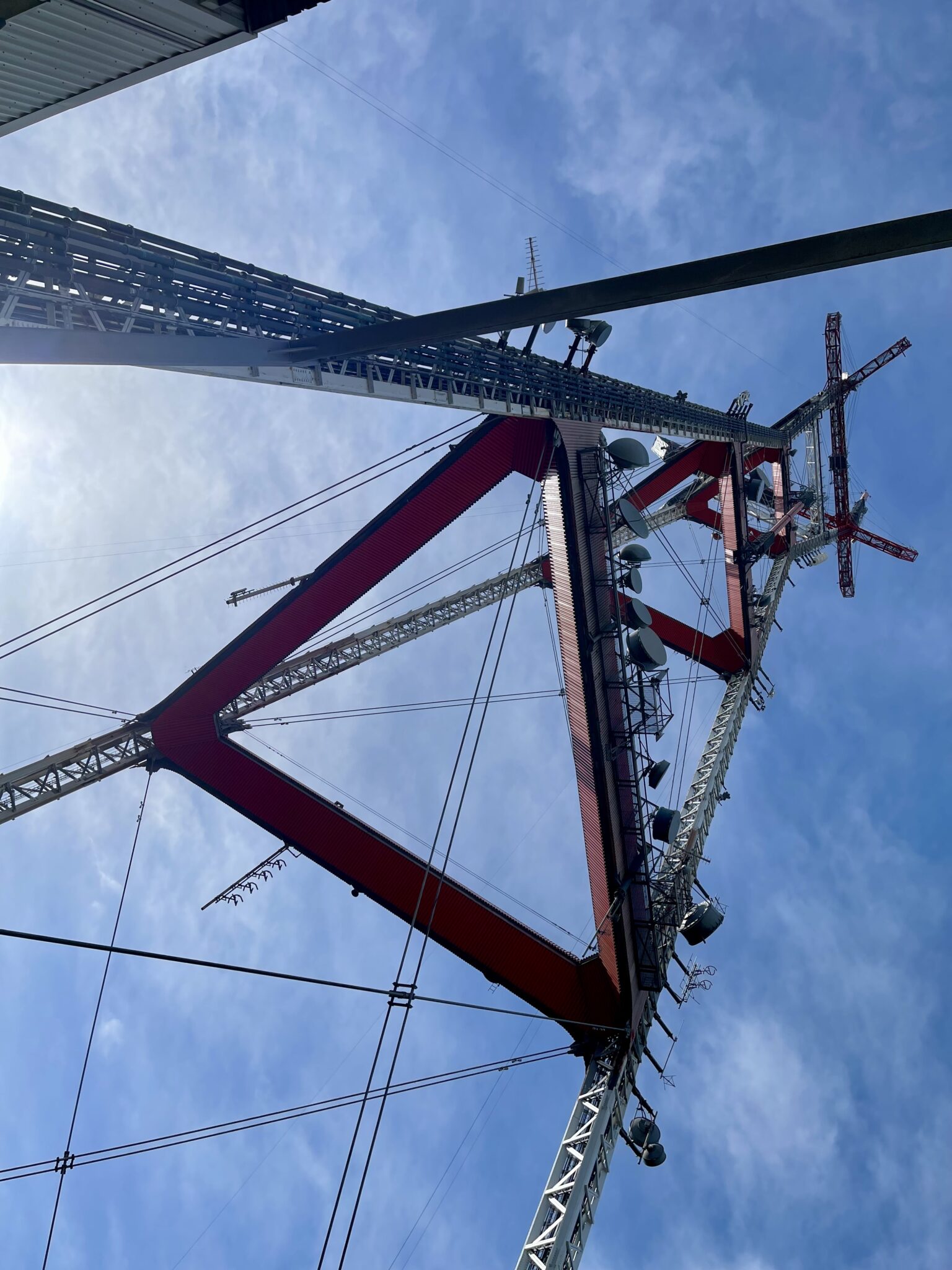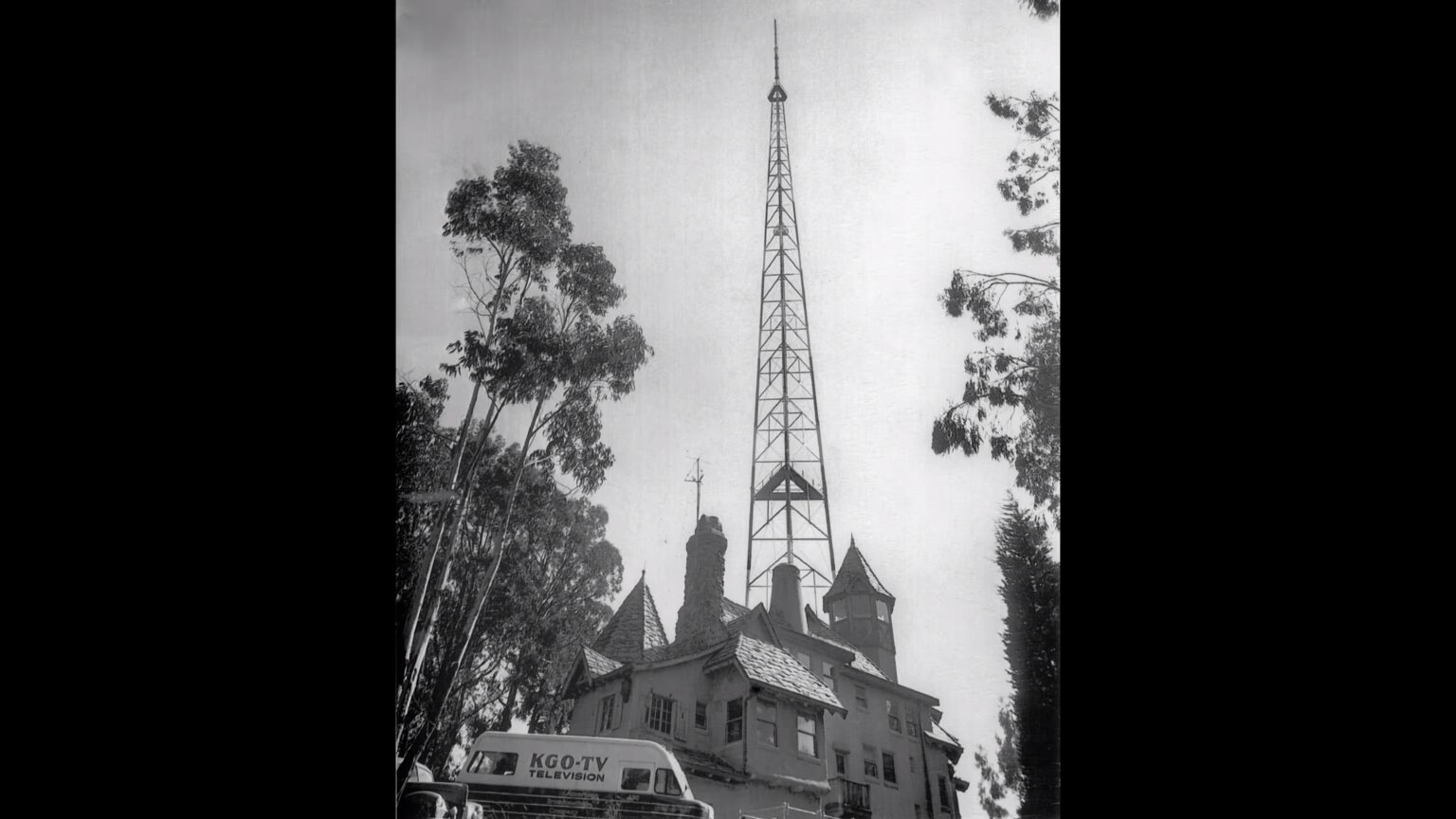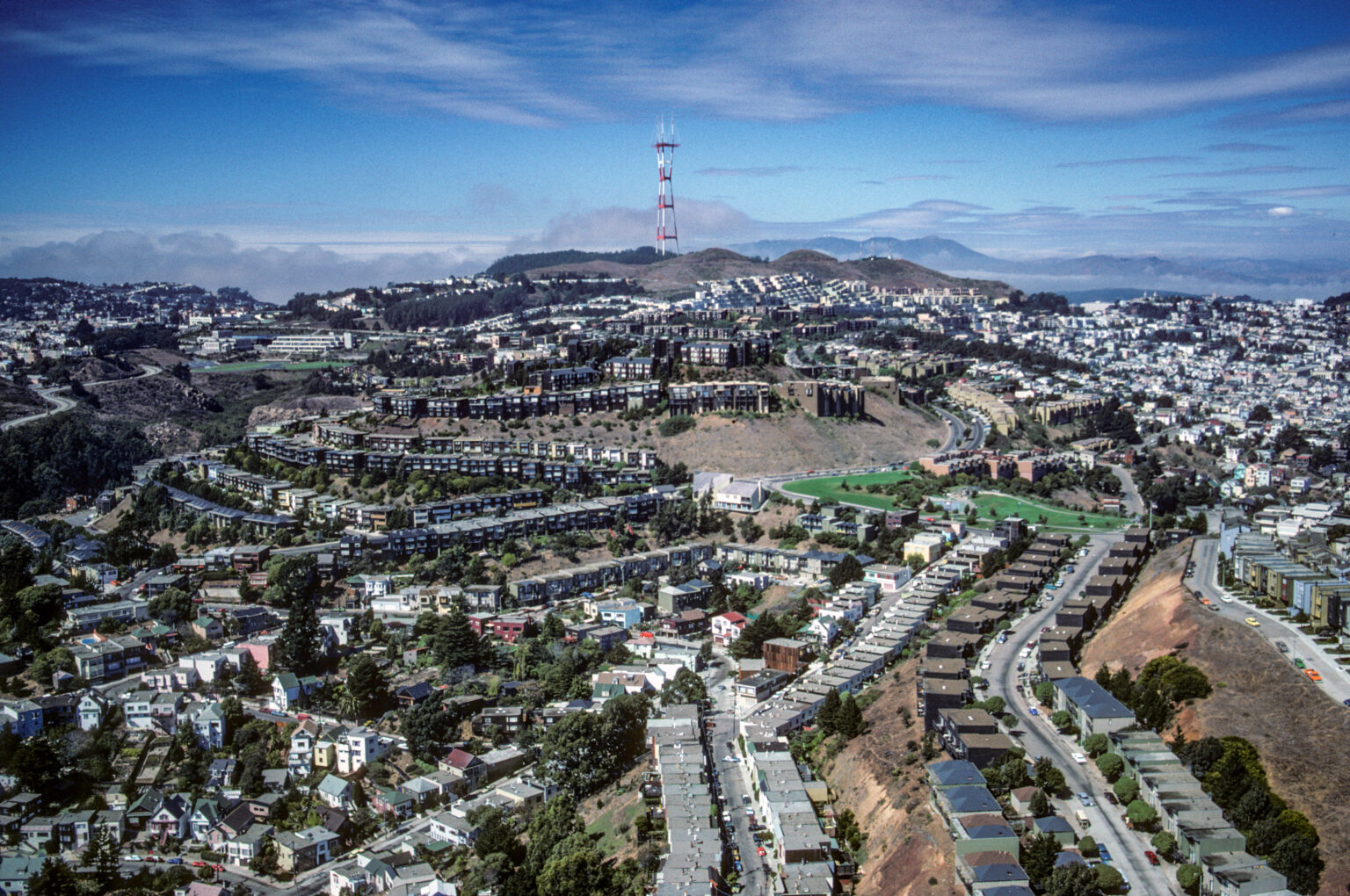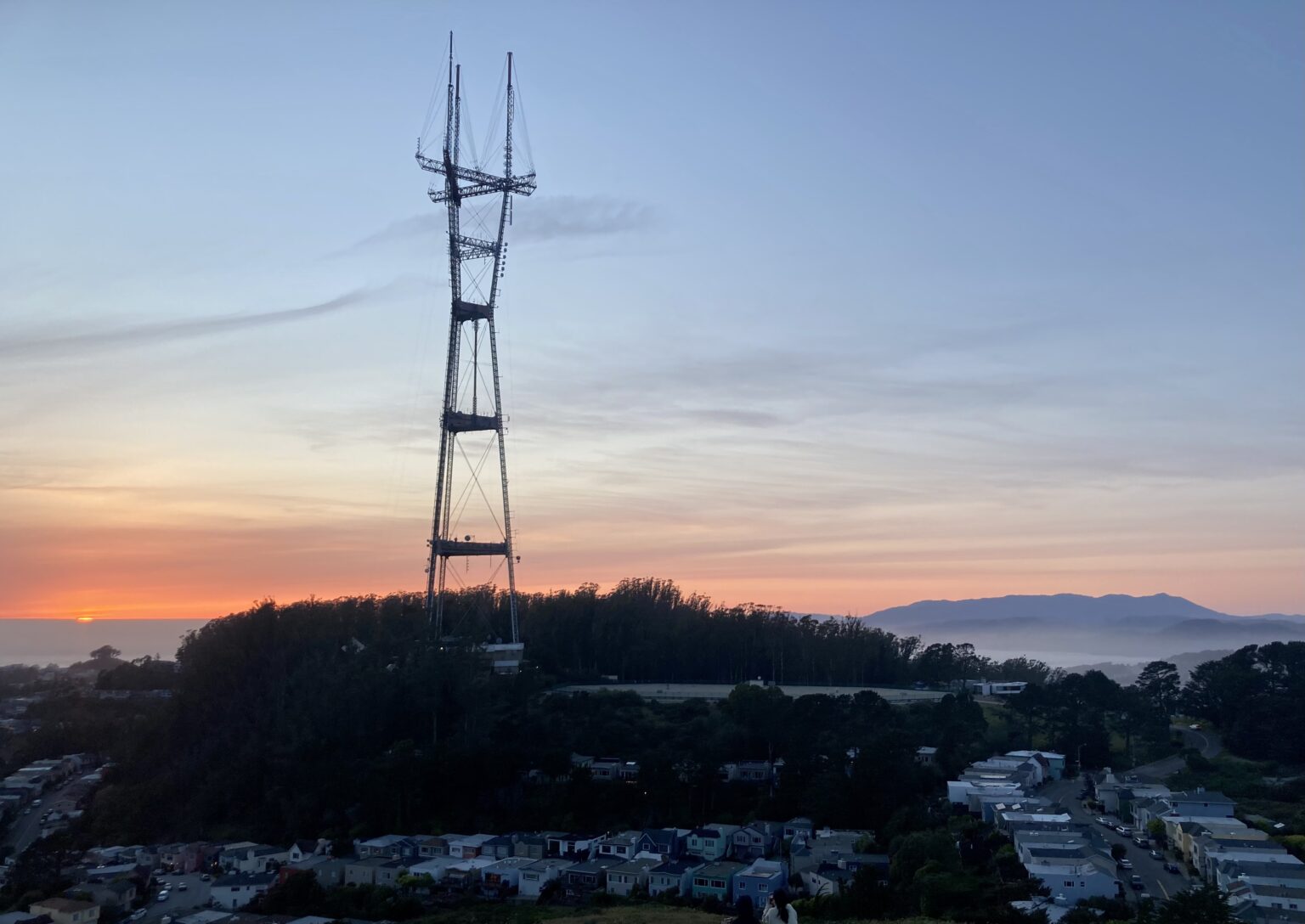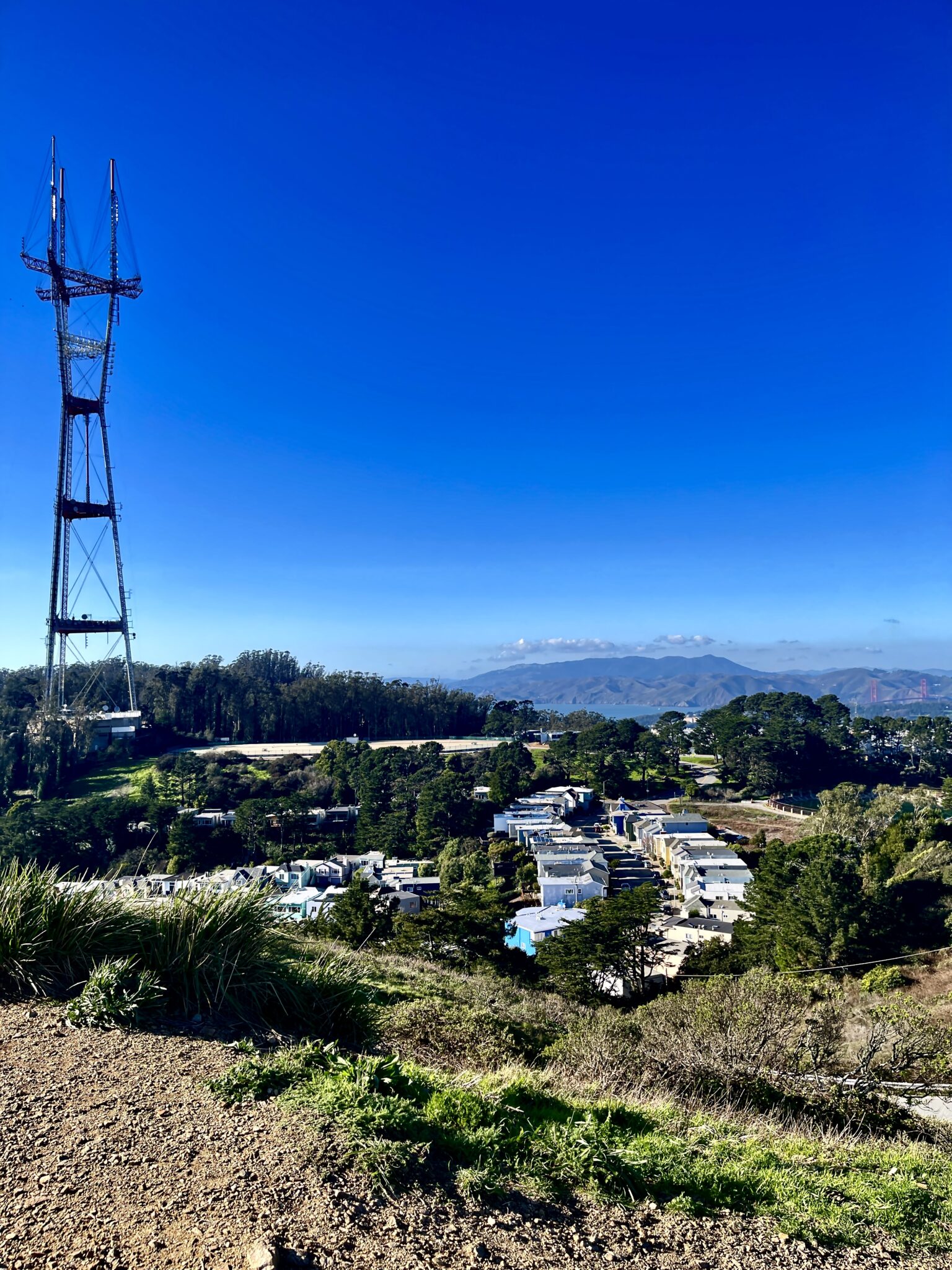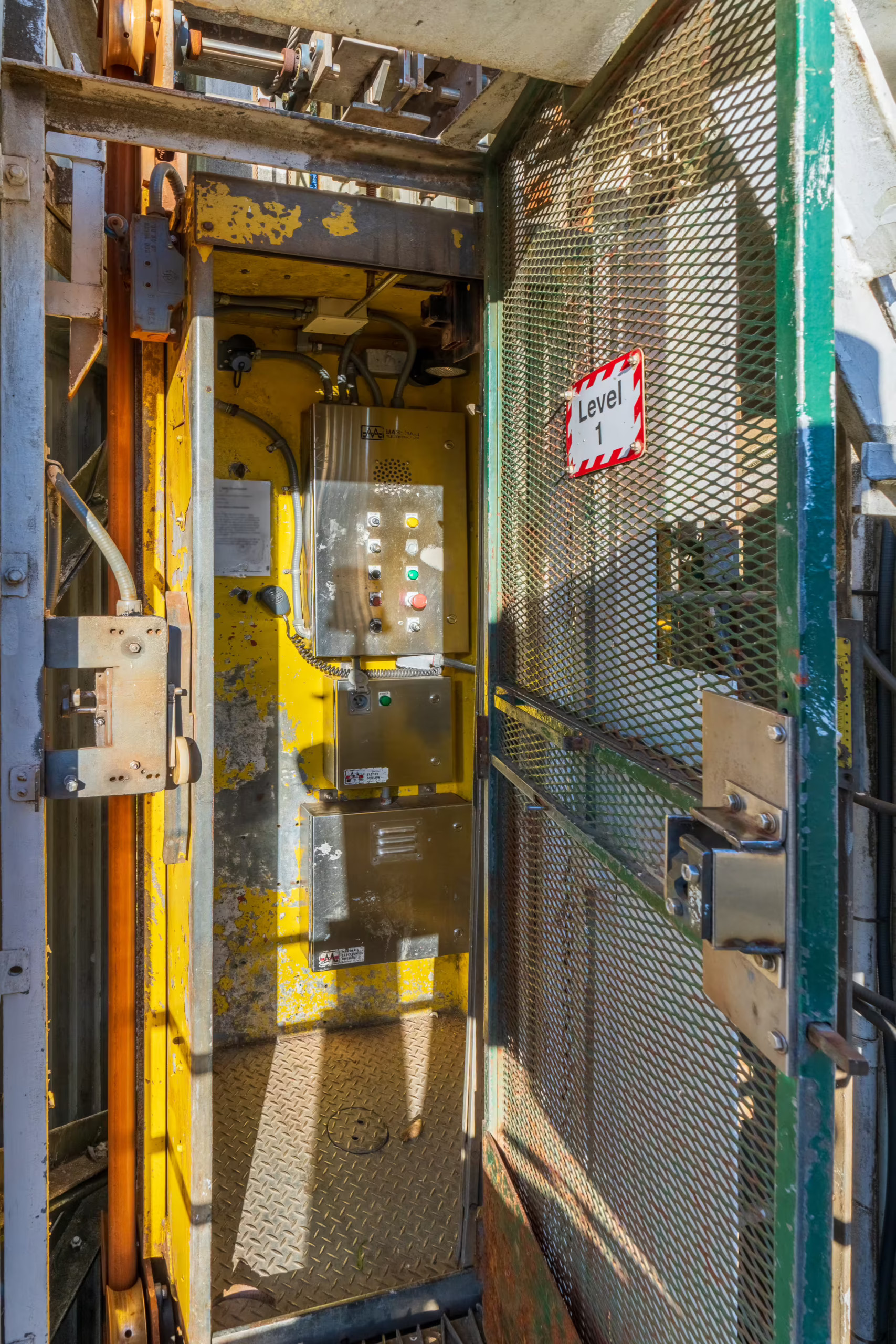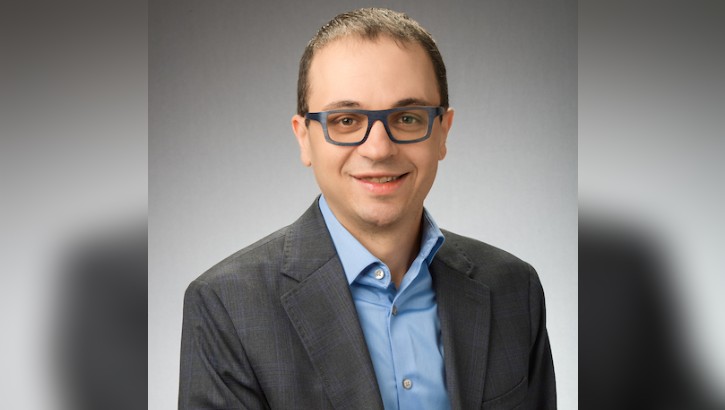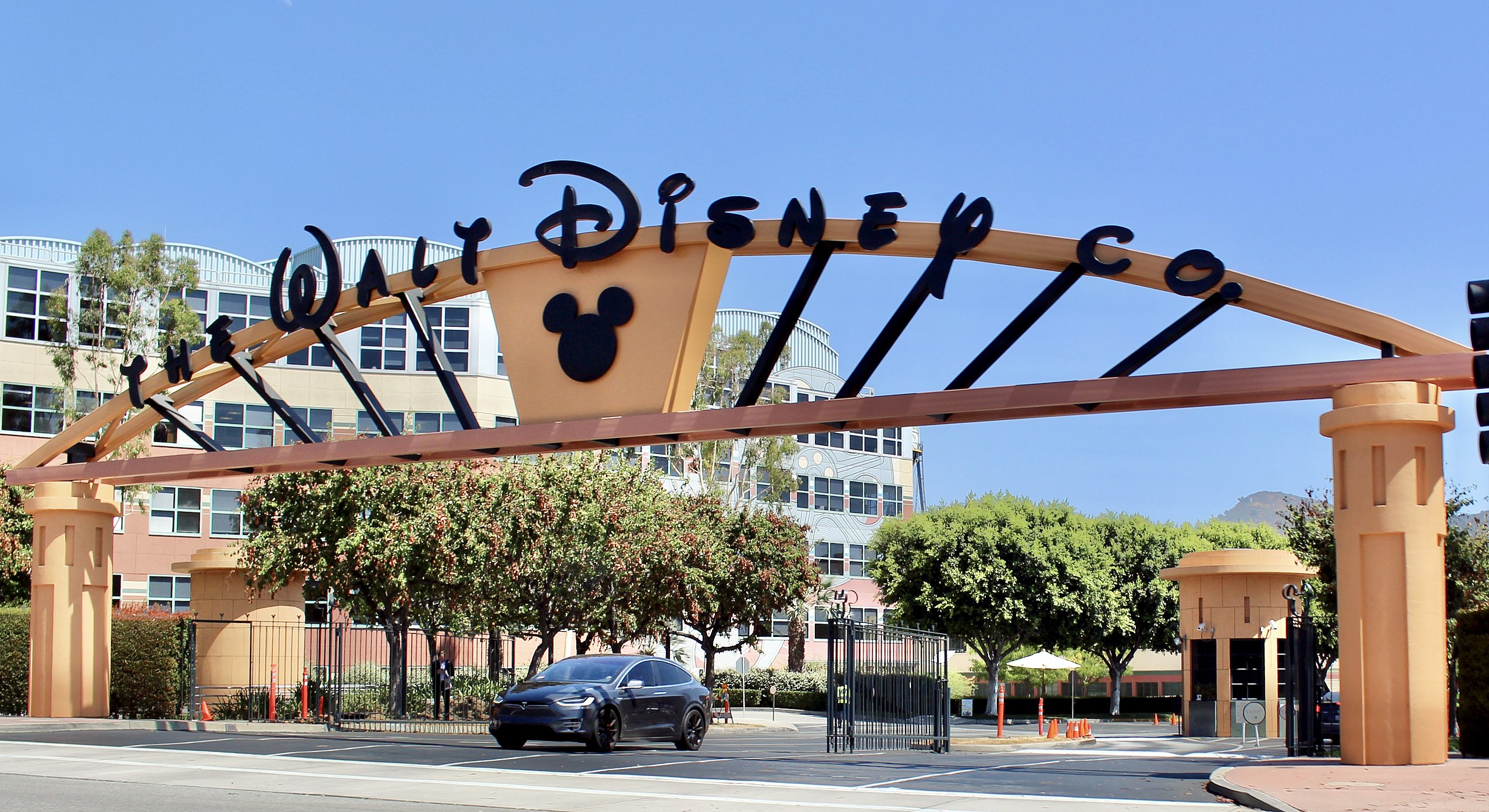Stories From Sutro Tower
How a once-controversial broadcast tower became San Francisco’s steel symbol in the fog
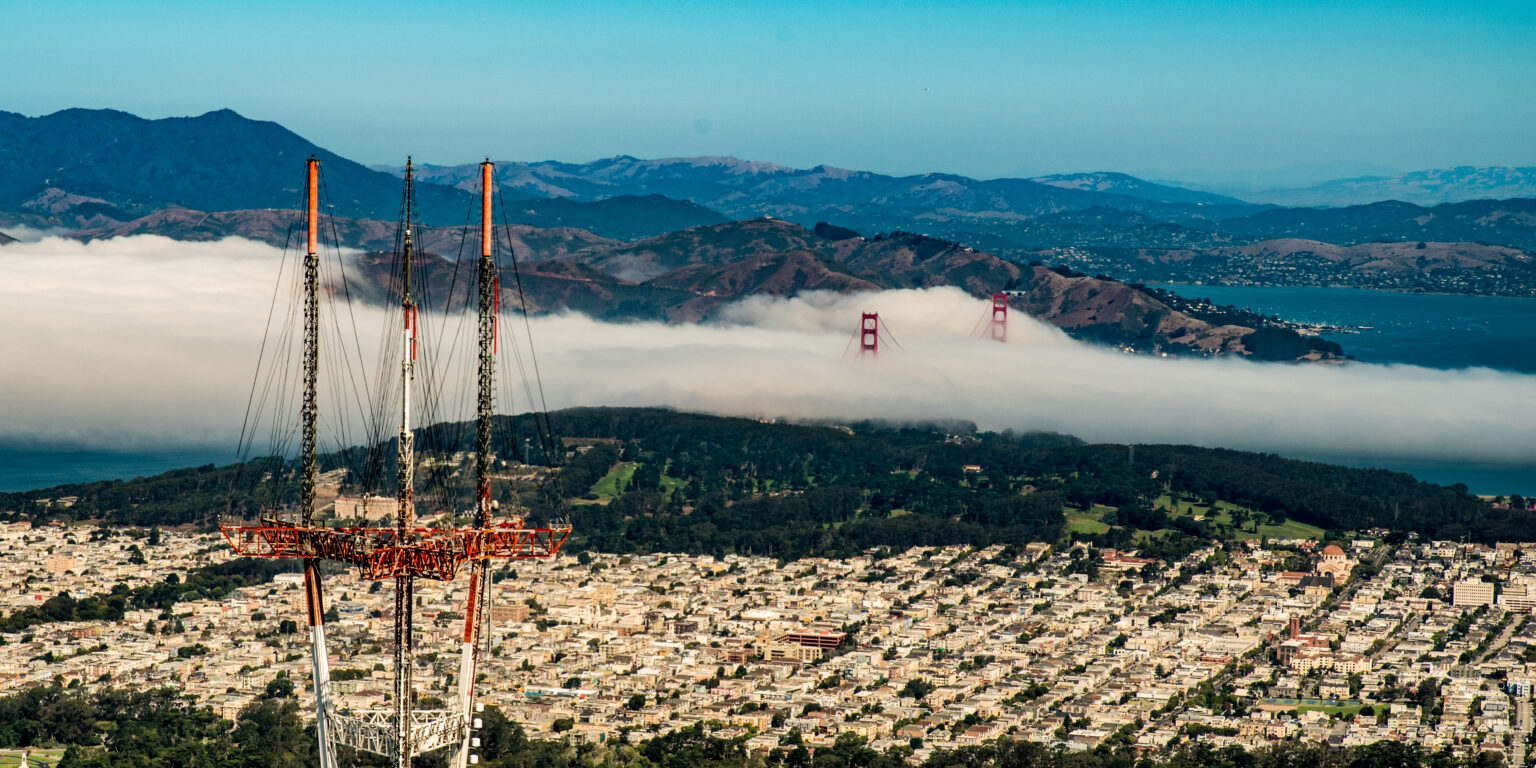
You can see it from almost anywhere in the City by the Bay. No other landmark can make that claim — not the Golden Gate Bridge, nor any of the city’s skyscrapers. Including the ground, the tower has six levels, with hundreds of antennas.
Sutro Tower has stood for 52 years in San Francisco. To many residents, it’s now a sign welcoming them home.
“I think there are more Sutro Tower tattoos out there than Golden Gate Bridge tattoos,” Peter Hartlaub said on the Total SF podcast, produced by the San Francisco Chronicle, in an episode commemorating the tower’s 50th anniversary in 2023.
Co-host Heather Knight remarked that the tower can appear differently, viewing it for instance from the city’s botanical garden or from across the bay.
“It’s like a living thing,” she said.
The tower has come a long way to become a Bay Area icon. To know its story requires a visit to a moment in time when TV broadcasting was still novel.
Where to Place a TV Tower
In the late 1940s, television was on the bleeding edge. Engineer Bill Ruck recalls Ken Nielsen, his mentor, furnishing the John O’Connell School of Broadcast with an RCA TV package with cameras and control units. The inner-city school operated in San Francisco’s Mission District, part of the city’s unified school district. They used KALW(FM), the first FM educational station built in the country, for training.
The professional video industry's #1 source for news, trends and product and tech information. Sign up below.
A 1953 article from the Radio, TV and Recording Technician-Engineer described engineers and station supervisors, many of whom were former O’Connell students, assisting in organization, advice and hiring trainees. Nielsen was an instructor in the program. Ruck said that gaining any kind of knowledge was integral.
In San Francisco, determining the best place to broadcast TV stations from was a question that didn’t have an easy answer in the days before Longley-Rice-based studies, for example, were available.
“It was all kind of trial and error,” Ruck said.
By 1960, the five primary Bay Area TV stations were fielding complaints of poor reception, which required viewers to reposition their rabbit ears to get a clear picture. There were two separate sites. Channel 7, KGO(TV), had its tower at the site of the mansion, La Avanzada, the one-time home of Adolph Sutro, a San Francisco mayor in the 1890s.
ABC planned to reconfigure the mansion into a broadcast facility for KGO, its new local TV station. By 1949, KGO began transmitting from a 580-foot broadcast tower adjacent to the mansion. KPIX Channel 5 would join KGO there.
The San Francisco Chronicle’s KRON(TV), Channel 4, went on the air in 1949 from a tower on Mount San Bruno. The Chronicle was owned by the Thieriot family. Another prominent family in the city — friendly with the Thieriots — was the Crocker family, which owned Mount San Bruno. When the Chronicle wanted to put on a TV station, it was perfectly logical for them to go to the Crockers and buy property, Ruck said.
“All part of ‘old San Francisco money,’” Ruck remarked.
KQED(TV), Channel 9, joined them in San Bruno in 1954, and Channel 2 KTVU(TV), which signed on in 1958, did the same. KGO would propose a tall tower at Mount Sutro, while KRON proposed a tall tower on San Bruno. “Lots of consulting engineers made piles of money studying the two tall towers,” Ruck said. The two sites resulted in about the same coverage projections with the FCC, so the process stalled. Ultimately, a tall tower on San Bruno was blocked by the FAA, as it was much too close to San Francisco International Airport, about two miles to the southeast.
“That’s why Sutro Tower was built,” Ruck said.
In 1968, four TV stations — KRON, KGO, KPIX and KTVU — came together to form Sutro Tower Inc. Initial designs envisioned a 1,200-foot tower that had a restaurant and observation deck. Opposition ensued. Ultimately, a 977-foot height was settled upon. Construction began in 1971 and it was completed a year later. Antennas were mounted in 1973, and on July 4, the first broadcast from Sutro took place.
Ruck is the best living Sutro historian. He started working for 104.5 KFOG(FM) in 1978, which transmitted atop Sutro — today it is the FM side of sports-talk KNBR. Sutro’s manager at the time was Harry Jacobs, who dated back to working with KGO at the mansion. Ruck has been part of the San Francisco broadcast engineering scene ever since.
“The more I look into it, the more I'm fascinated with the pioneers that did it when it had never been done before,” he said.
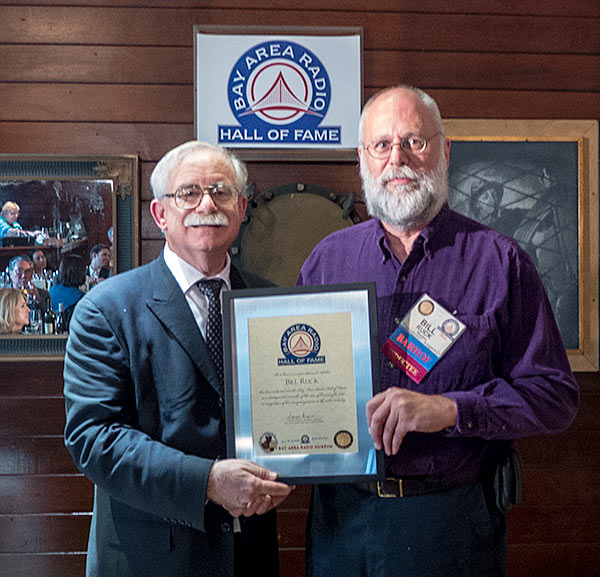
After Jacobs retired, Don Lincoln took over. Ruck had access to a file drawer of Sutro history during that time. He remembers a “foot of paper” of reports. Their plans, Ruck recalled, only considered San Francisco, San Mateo and Alameda Counties. At the time, there were only ranches and almond groves in Contra Costa County and Santa Clara County.
“Nobody lived there,” Ruck said of their logic.
Today offers a much different story. In fact, Ruck said that if such a tower were being planned now, he’d put it in the East Bay, such as the site of 94.1 KPFA(FM)’s transmitter in the Berkeley Hills.
Navigating Public Perception
Early public relations for the tower — and the surrounding Twin Peaks, Forest Knolls and Midtown Terrace neighborhoods — was, at best, a struggle. Ruck recalls that in the early 1980s two more area TV stations wanted to move to Sutro. Its transmitter building did not have the space for more occupants. Management drafted a design to allot more space, which required a permit and public notice, leading to a lot of pushback. There are homes as close as 300 feet from the tower. Some neighbors refer to it as “an industrial complex.”
“San Francisco invented the concept of NIMBY,” Ruck joked.
Lincoln wanted to engage the neighborhood. He set up a public meeting where the benefits of the tower were highlighted. Ruck remembers being in attendance. Afterward, a neighbor across from where Ruck’s parents lived scolded him for being involved with Sutro Tower. “It was a PR nightmare,” Ruck recalled.
As an engineer, managing the mindset of an average person’s perception of a large tower in their backyard wasn’t necessarily part of Lincoln’s thought process. Ruck remembered suggesting to him that someone be hired specifically to manage neighborhood outreach. Ever since, Sutro has had someone in such a capacity.
How did Sutro become the regional symbol that it is today?
Cody Hmelar, former chief engineer for Salem Media and an instructor at the University of Pittsburgh, grew up in the Bay Area. He said feelings about the tower became warmer by the early 2010s, as what he described as “contemporary hipsterism” rose.
It was simultaneous to the growth in popularity of “Karl the Fog,” a personification for the city’s trademark low-cloud layer.
Its Clarendon Avenue location, he said, sets it apart from other Bay Area towers, prompting its use in local art, tattoo designs and even on the San Francisco City Football Club's uniform badge.
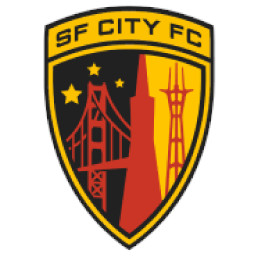
While its East Bay penetration may suffer to an extent, as Hmelar noted, Sutro’s inner-city location makes it a prime site for digital TV transmission — especially since the principal satellite and cable headends are in Petaluma, about 33 miles north of downtown San Francisco, and rely on a strong, centralized transmission source.
Managing Sutro Today
Lincoln would retire, succeeded as Sutro’s general manager by Gene Zastrow and Eric Dausman. Dausman in turn announced he was retiring in 2018.
Raul Velez, 56, recalls seeing Sutro Tower out of his bedroom window a few years after it was completed. “I didn’t know it at the time, but it was my source of [TV] cartoons, so it was really important to me,” he said. Velez received encouragement, including from Sutro’s primary RF consultant, Peter Eckmann, to apply for the opening following Dausman’s announcement. Now he guides outreach efforts.
“When I talk to folks and say ‘I work for Sutro Tower,’ they’re like, what?”
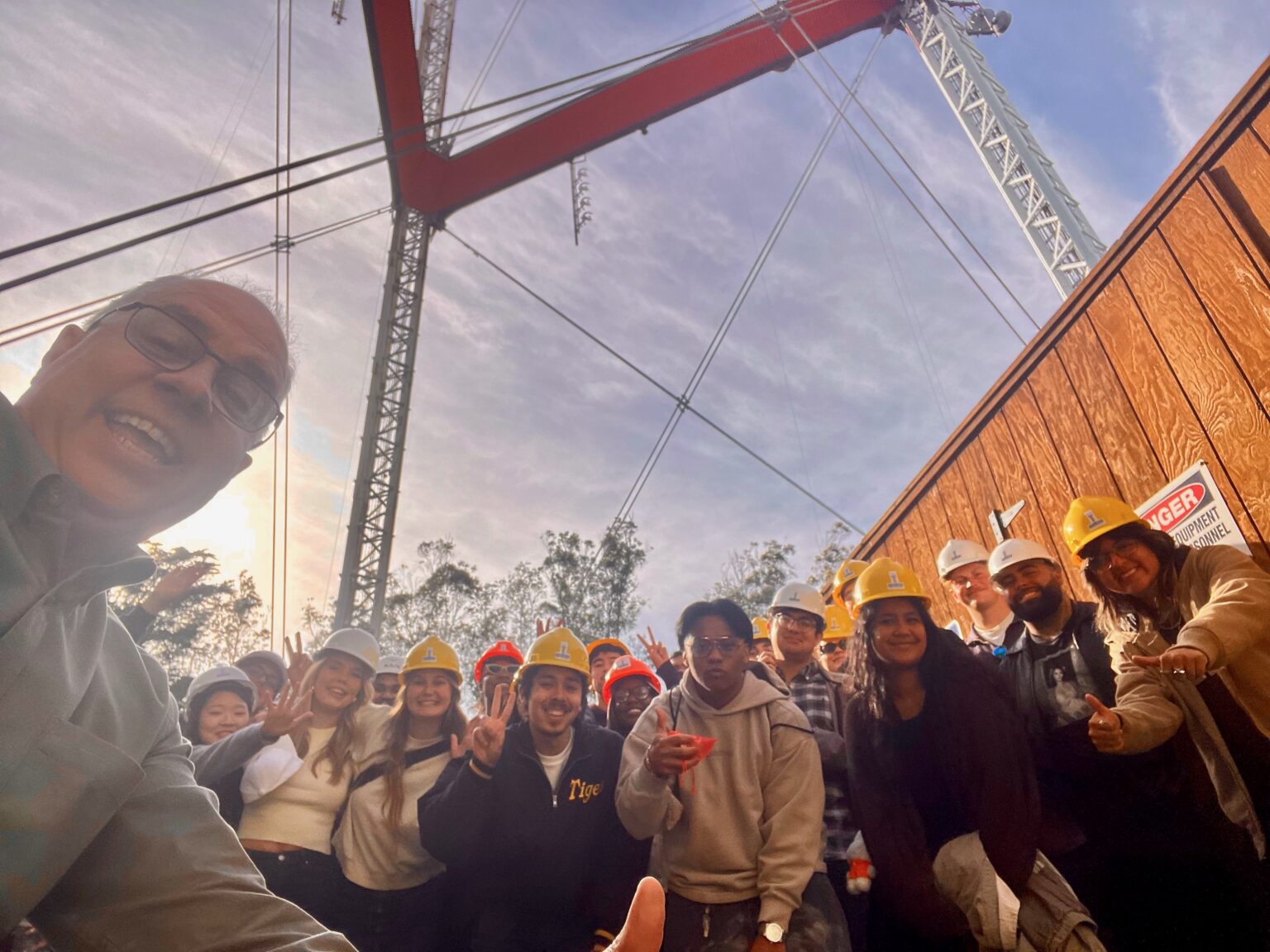
Velez has been involved in Bay Area radio engineering since 1989. He was chief engineer for Univision’s San Francisco stations from 2002 to 2016. More recently, Velez was Bonneville’s director of engineering for 96.5 KOIT(FM), 98.5 KUFX(FM), 99.7 KMVQ(FM) and 102.9 KBLX(FM) from 2017–2019, when he applied for the Sutro job.
From a distance, Velez remarked, Sutro looks static. But there’s work going on nearly every day. He works from an office in the reinforced concrete transmission building at the base, which also houses signal handling and transmission equipment. Sutro Tower operates with a dedicated team of five employees handling administrative, power and building maintenance, supported by contract security and external contractors like Full Wave Tower & Broadcast for specialized tasks.
Each entity, which could be TV, FM or two-way, has its own staff or team that is responsible for their infrastructure. “When I have 11 different TV stations with their own perspectives on the business, I have to manage and coordinate the individual philosophies,” Velez said.
TV stations KGO, KPIX, KRON, KTVU, KQED, KRCB, KPYX, KPJK, KCNS, KDTS and KFSF all transmit their signals from Sutro, representing ABC, CBS, FOX, PBS, CW and TelevisaUnivision.
Hmelar pointed out that in the Bay Area, over-the-air TV is particularly important, as there are several foreign-language and minority-owned media networks that make use of digital TV subchannels as their primary communication method. He noted the city’s language-access ordinances.
“It makes being able to broadcast in multiple languages essential,” he said.
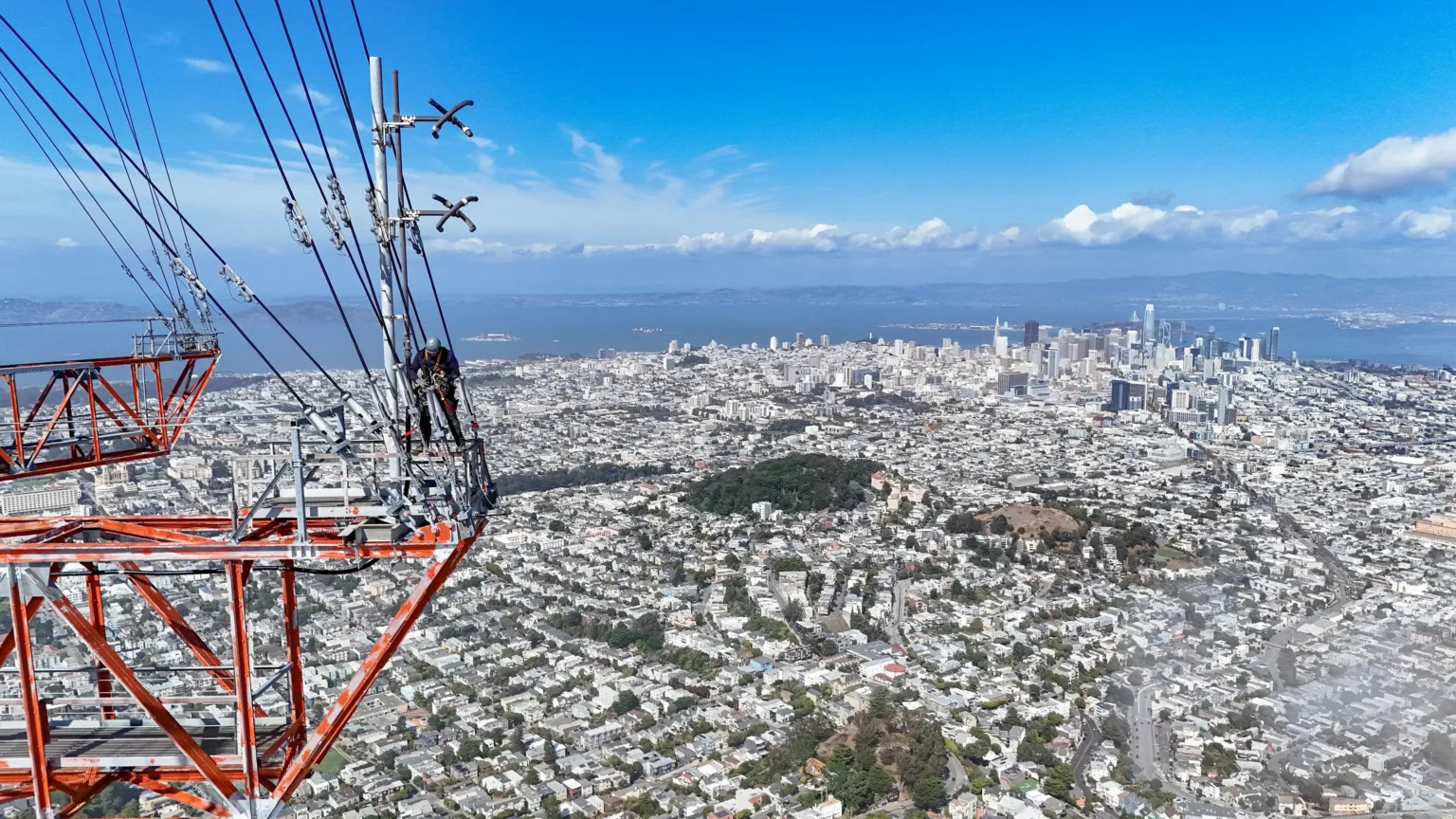
On FM, 96.5 KOIT, 98.9 KSOL, 104.5 KNBR and translator 93.7 K229DD, which relays Chinese-language 1400 KVOT(AM), all call Sutro home. Two 102.5 LPFM stations maintain a timeshare from Sutro: KXSF(LP), operated by San Francisco Community Radio, and KSFP(LP), the San Francisco Free Press.
Seven amateur radio groups maintain facilities on Sutro, including the San Francisco Radio Club (W6PW). “We treat them like everyone else,” Velez said.
If someone calls and asks for a check on their suite to make sure a certain green light is on, for example, Sutro’s staff can save them a trip. Or maybe it’s to dispatch a telco company or assist an HVAC vendor. “Really, our job is to make sure the tower is still there every day,” he said.
Making the tower a “living thing” involves plenty of other hands-on endeavors the Sutro team has spearheaded. That includes a 360-degree, rotatable, movable, zoomable panorama of the tower, available at explore.sutrotower.com. Velez said the feature consists of 1,300-gigapixel images placed together, produced by the Portland, Ore.-based Panogs. A 13-minute documentary produced by Stimulant and a team led by Darren David explores the origins of the tower, from the history of the Sutro family to the opposition residents provided before it was erected.
Sutro also keeps up good relations with nearby Glen Park Elementary, where third-grade teacher Sheila Tenney has students draw Sutro Tower as a back-to-school activity each year. “When you see Sutro Tower, you’re home.”
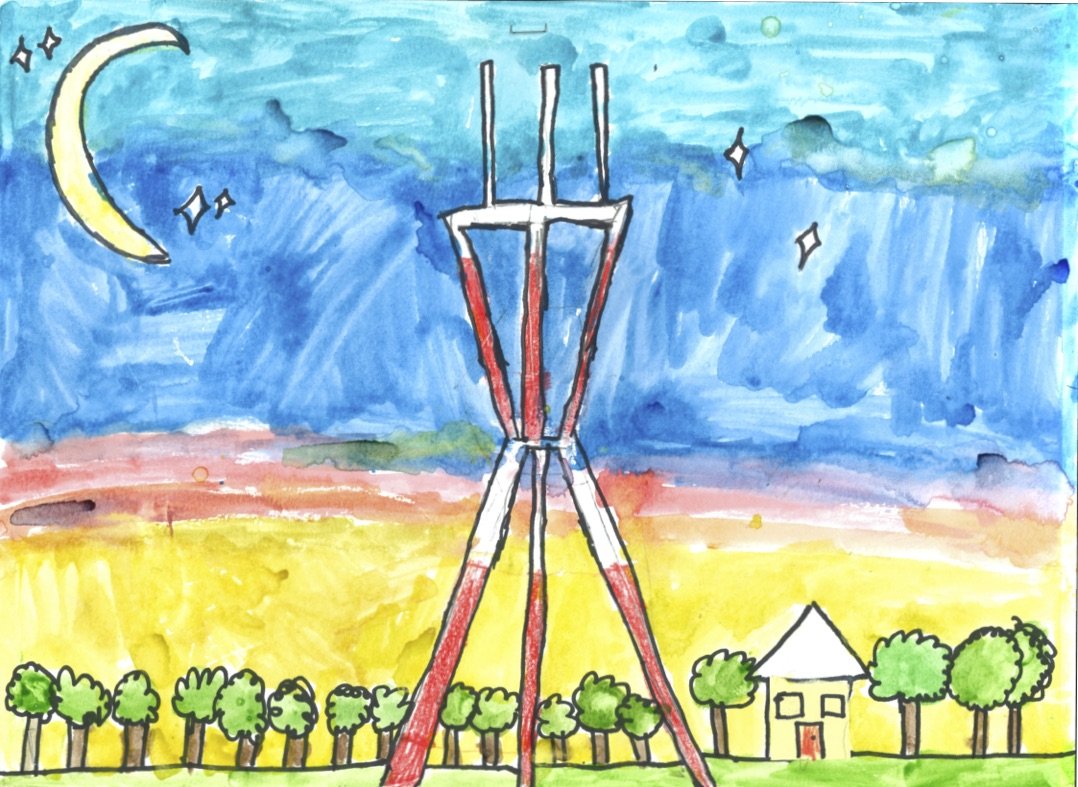
Chicago's Willis Tower and New York's Empire State Building are among other iconic sites with consolidated broadcast facilities. Hmelar describes Sutro as Empire’s “artsy cousin.” Its unique design features one tower and one building, unlike structures with towers atop office or residential spaces. The closest analogy is perhaps Paris's Eiffel Tower, hosting multiple broadcasters in one location, though Sutro lacks tourist amenities.
There have also been numerous earthquake warnings that have been transmitted via its host signals, most notably 1989’s Loma Prieta, which registered 6.9 on the Richter scale.
Former Sutro spokesman Dave Hyams noted the reason the tower withstood the quake — two of the three KGO(AM) towers did not — is the structural science behind it. The tower is embedded in 15 million pounds of cement.
There are seven generators and an associated fuel supply that can keep equipment running for up to three days without power.
Velez noted that maintenance is a constant part of the process. In 2025 that included the repainting of cladding panels.
Sutro removed vertical cladding to comply with seismic code. Inside panels are now thicker to improve rigidity, which also allowed the panels to be painted offsite. The outside horizontal cladding panels are next, and Velez expects the paint job to be completed by 2027.
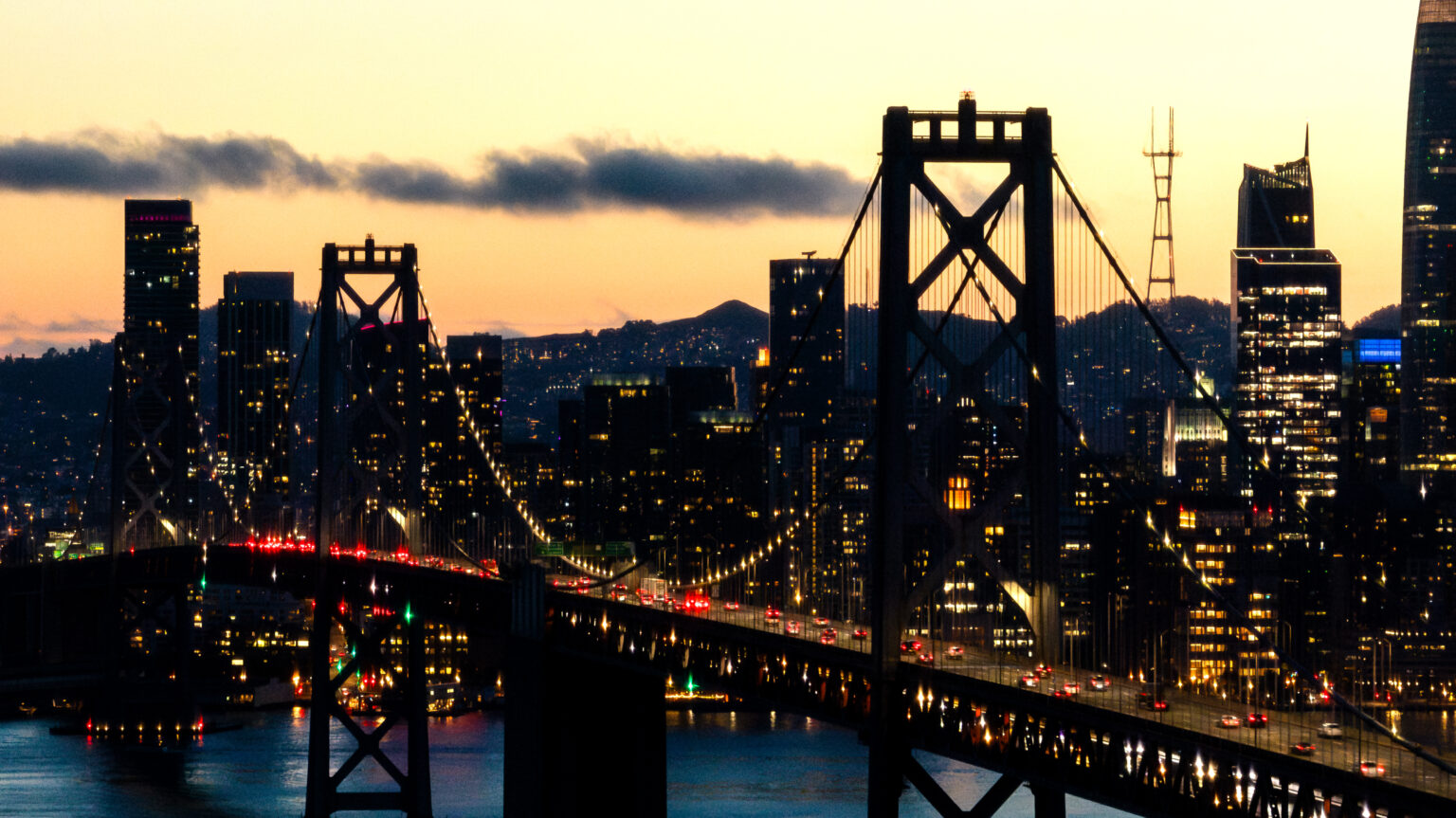
Velez’s duties are not without stress. “I dealt with more lawyers in the first year I was here than in my previous 50 years of existence,” he cracked. But by all accounts, the relationship between the 977-foot tower and its neighbors is as good as it has ever been. He credits the team at the law firm Womble Bond Dickinson and at Lighthouse Public Affairs for improving communications between the neighbors and the city of San Francisco.
“We’re here, I can be reached 24 hours a day,” he said.
And if you look up in the City by the Bay, you’ll get a glimpse of the tower, peeking through the fog.
Nick Langan is a content producer and staff writer for Radio World, having joined the editorial team in 2024. He has a lifelong passion for long-distance FM radio propagation and is a faculty advisor for 89.1 WXVU(FM). He is also the creator of RadioLand, an FM radio location mobile app, which he completed for his Villanova University graduate thesis.
